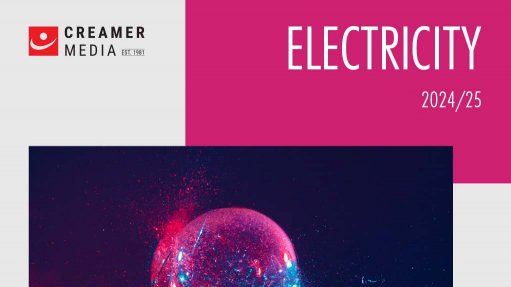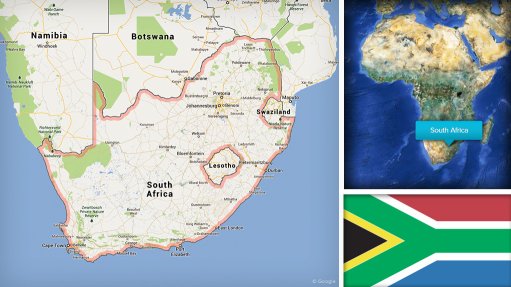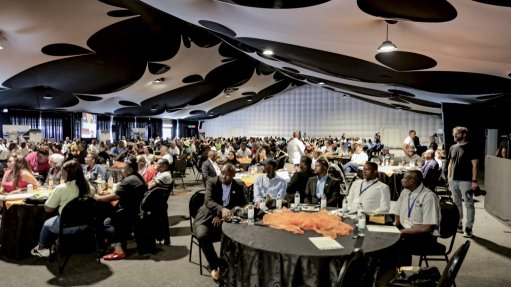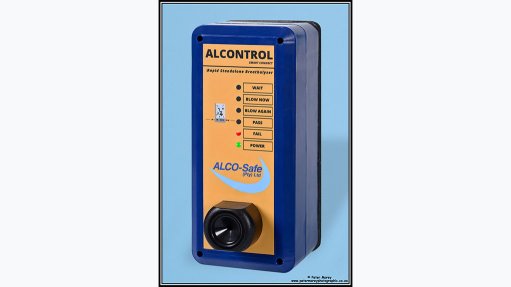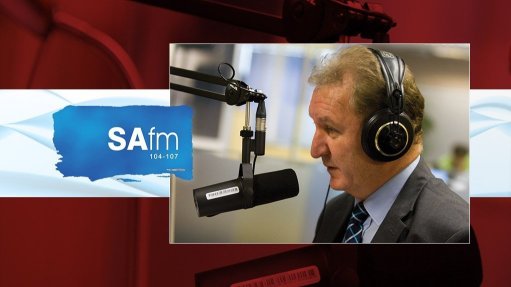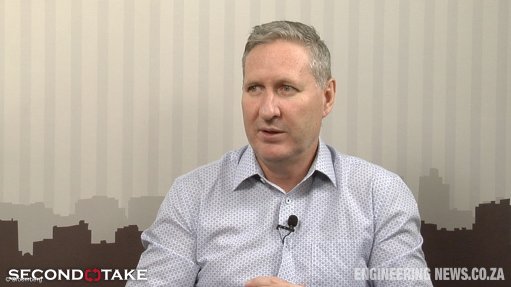Research institute explains why SA’s Green Finance Taxonomy is not being used
In the year since its release, the South African Green Finance Taxonomy (GFT) is hardly being used, despite its intention to provide a common language on financial markets, enhance transparency on sustainability of investments and reduce greenwashing.
Sustainable development think tank German Institute of Development and Sustainability (IDOS) researcher Sören Hilbrich explained during the Trade & Industrial Policy Strategies’ (TIPS’s) yearly forum on August 1, that, ultimately, the GFT is aimed at enabling capital flows to shift to more sustainable economic activities.
He listed examples for use cases of the GFT as being green financial products such as green bonds and the disclosure of taxonomy-aligned portfolios and financial products.
More than 25 jurisdictions globally have started implementing taxonomies. Hilbrich added that sustainability taxonomies are classification systems that define sustainable economic activities.
To better understand the factors that influence the adoption of sustainability taxonomies by potential users, IDOS conducted interviews with financial market participants, real economy enterprises, business associations, consultancies, government departments and civil society.
It found that the main hindering factors to more users implementing South Africa’s GFT relate to usability, governance, fossil path dependencies and the relationship with the European Union (EU) taxonomy.
In terms of governance, Hilbrich said GFT was introduced as a voluntary tool, had to compete with more classification systems that were developed in parallel and involved several governance actors, which may slow down the process.
IDOS recommended that credible signals be sent to stakeholders providing assurance that the taxonomy would indeed become a common language on financial markets and that policymakers use international fora to exchange on best practices of implementation.
“A good idea would be to set incentives, such as development banks that could consider taxonomy-alignment in investment decisions or tax benefits of some sort.”
Hilbrich added it does not help that the EU has not formally recognised South Africa’s GFT, and it would be ideal if the EU Commission and the South African government could negotiate a formal recognition of the GFT.
In terms of usability, Hilbrich explained, taxonomy adoption requires capacities and expertise, and is often associated with costs. To this end, IDOS suggested that taxonomies are necessarily complex, therefore, it should not be simplified too much. Rather, knowledgeable stakeholders on taxonomy can provide guidelines, training and other exchange formats to support users of GFT.
Finally, fossil path dependencies were hindering the emergence of bankable green products. Hilbrich said the financial sector remains geared towards financing carbon-intensive industries for the most part.
He lamented that the GFT could only make a contribution as part of a comprehensive policy package that aims to transition to cleaner energy use.
Responding to a question from delegates at the TIPS forum, Hilbrich said GFT cannot redirect capital flows in support of a just transition, rather, taxonomy may increase funding for projects in climate mitigation and adaptation, however, it is still too early to say, since GFT has not been implemented much.
Taxonomy can also not overcome the many structural barriers to financing sustainable investments, and does not address the financing needs of the just transition in social sectors such as education.
What the GFT can do is help the financial sector with clarity and certainty in selecting green investments in line with international best practice and South Africa’s national policies and priorities, reduce financial sector risks through enhanced management of environmental and social performance, reduce the costs associated with labelling and issuing green financial instruments, and provide a basis for regulators to align or reference green financial products.
Comments
Press Office
Announcements
What's On
Subscribe to improve your user experience...
Option 1 (equivalent of R125 a month):
Receive a weekly copy of Creamer Media's Engineering News & Mining Weekly magazine
(print copy for those in South Africa and e-magazine for those outside of South Africa)
Receive daily email newsletters
Access to full search results
Access archive of magazine back copies
Access to Projects in Progress
Access to ONE Research Report of your choice in PDF format
Option 2 (equivalent of R375 a month):
All benefits from Option 1
PLUS
Access to Creamer Media's Research Channel Africa for ALL Research Reports, in PDF format, on various industrial and mining sectors
including Electricity; Water; Energy Transition; Hydrogen; Roads, Rail and Ports; Coal; Gold; Platinum; Battery Metals; etc.
Already a subscriber?
Forgotten your password?
Receive weekly copy of Creamer Media's Engineering News & Mining Weekly magazine (print copy for those in South Africa and e-magazine for those outside of South Africa)
➕
Recieve daily email newsletters
➕
Access to full search results
➕
Access archive of magazine back copies
➕
Access to Projects in Progress
➕
Access to ONE Research Report of your choice in PDF format
RESEARCH CHANNEL AFRICA
R4500 (equivalent of R375 a month)
SUBSCRIBEAll benefits from Option 1
➕
Access to Creamer Media's Research Channel Africa for ALL Research Reports on various industrial and mining sectors, in PDF format, including on:
Electricity
➕
Water
➕
Energy Transition
➕
Hydrogen
➕
Roads, Rail and Ports
➕
Coal
➕
Gold
➕
Platinum
➕
Battery Metals
➕
etc.
Receive all benefits from Option 1 or Option 2 delivered to numerous people at your company
➕
Multiple User names and Passwords for simultaneous log-ins
➕
Intranet integration access to all in your organisation








